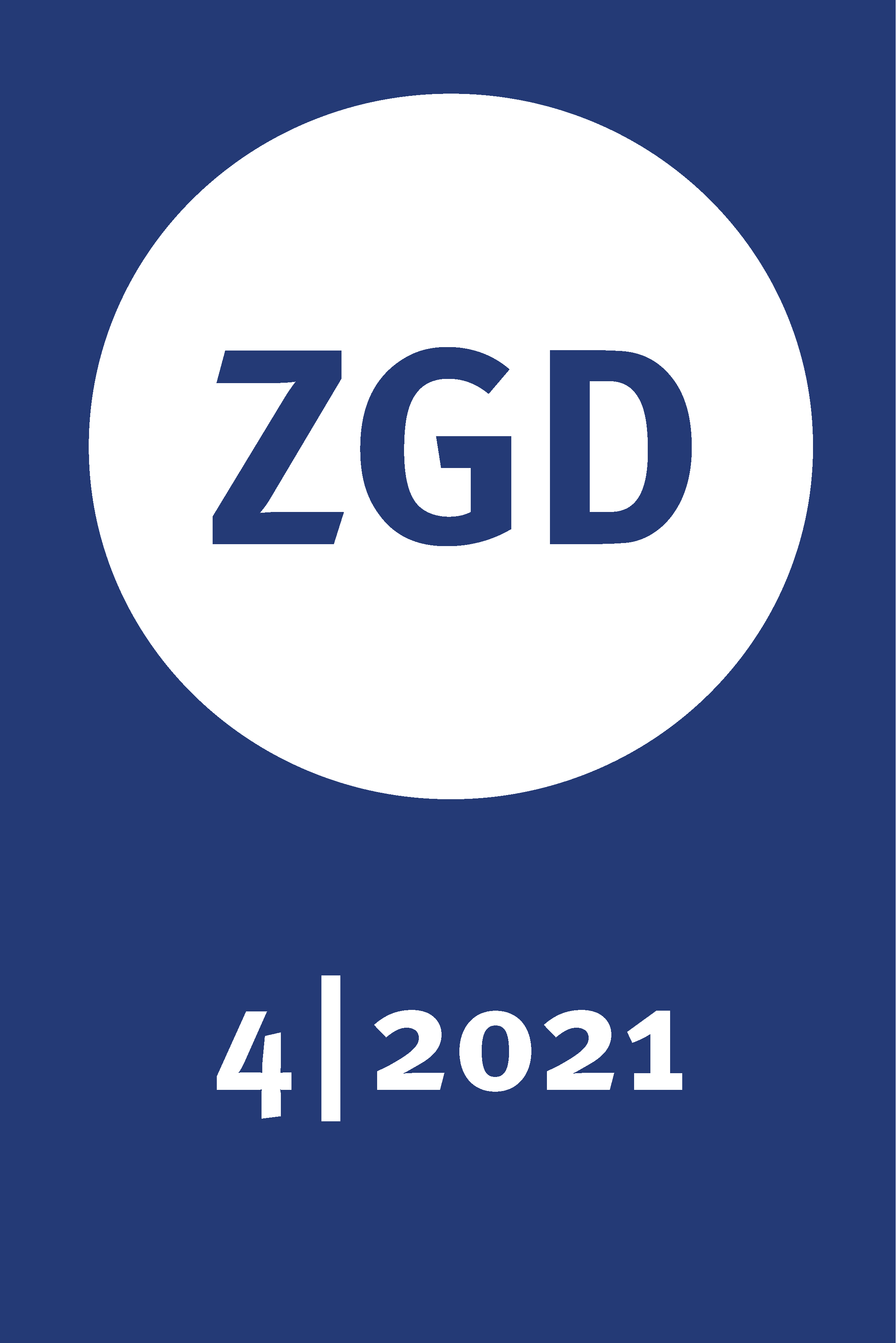Geography for Children: Drawing and Spatial Thinking
DOI:
https://doi.org/10.18452/25366Keywords:
spatial thinking, childhood, geographic educationAbstract
Spatial representations are part of the cartographic and geographic literacy process. This paper aims to analyze drawing as a representation system, a language to communicate spatial thinking based on the relationship between thought and language under the historical cultural theory. Three main points are addressed herein: spatial thinking and Geography in primary school; the relation between experience, everyday life, and spatial thinking; and spatial representation through drawing. Drawings by preschool students are presented as a way of broadening spatial thinking and part of the cartographic literacy process. The idea that geographic education creates conditions to disrupt pre-established views of everyday life is the central axis of this research.
Downloads
Published
How to Cite
Issue
Section
License
Copyright (c) 2022 Journal of Geography Education

This work is licensed under a Creative Commons Attribution-NonCommercial-NoDerivatives 4.0 International License.







